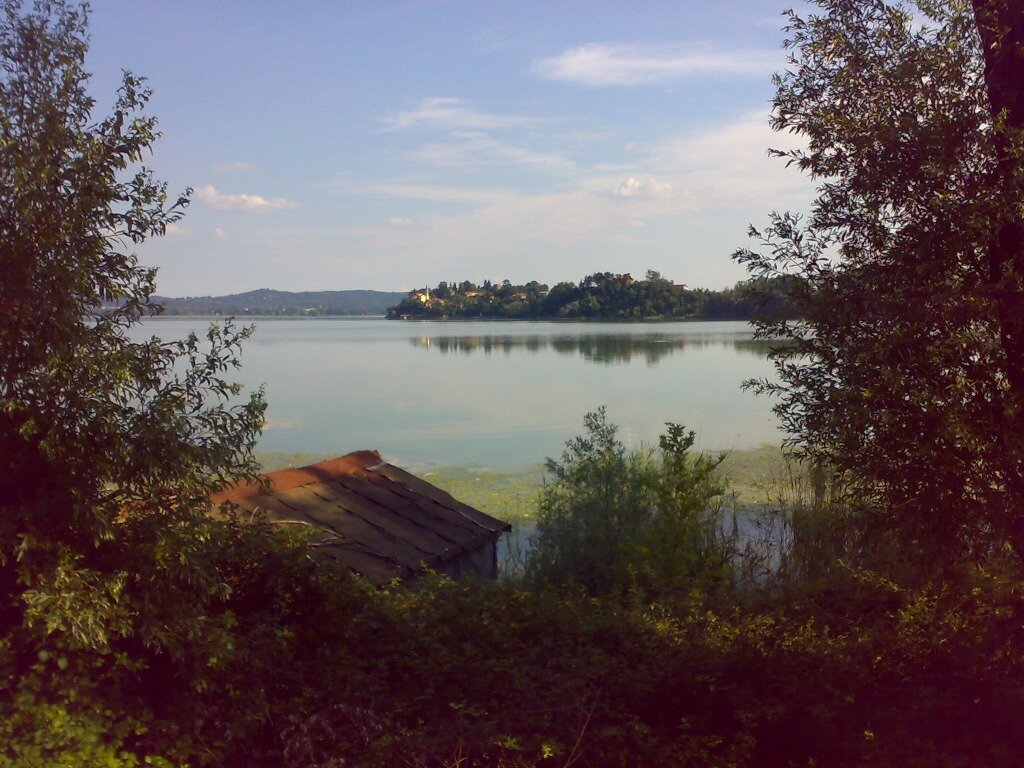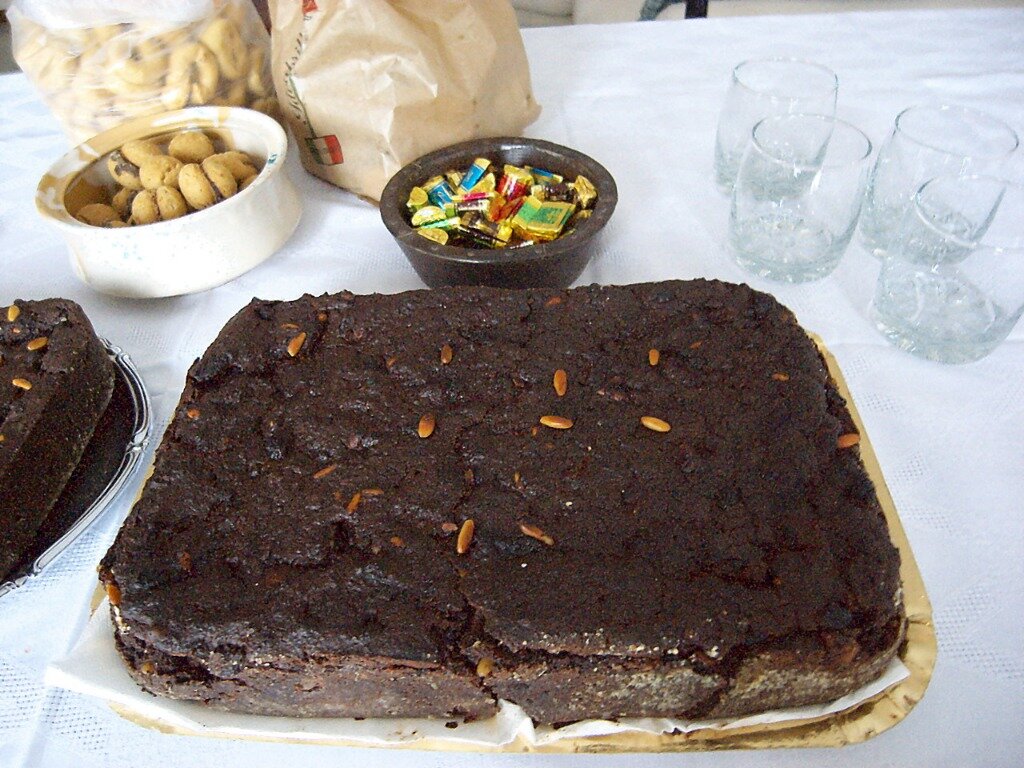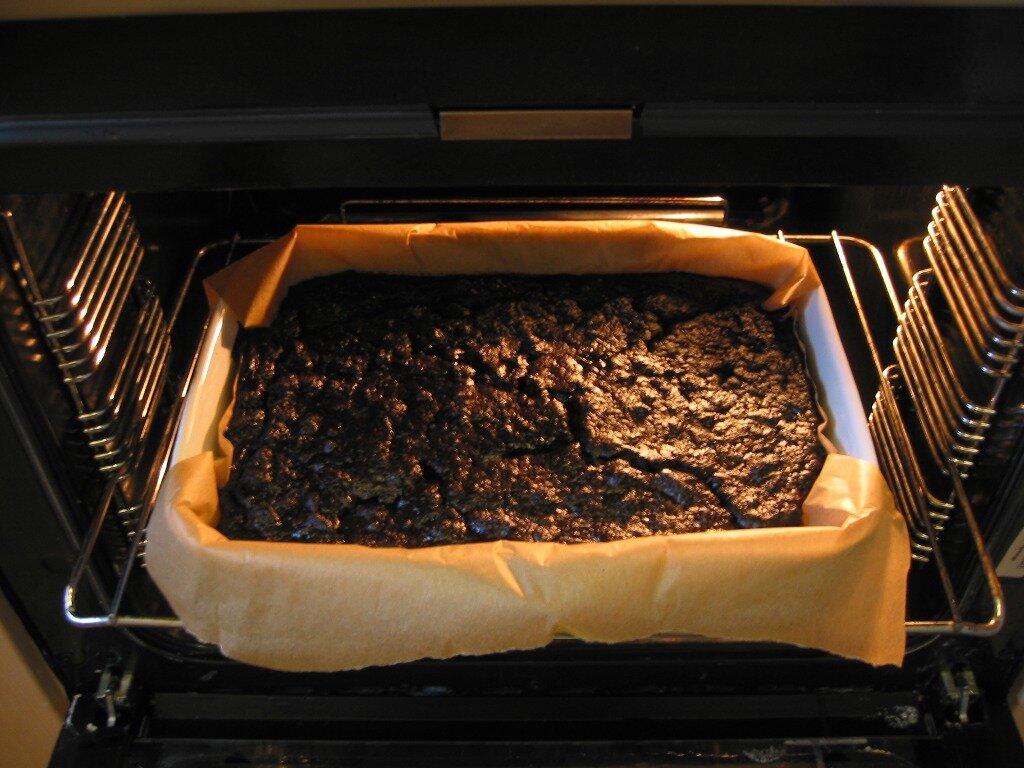Today we are going to discover a territory that you will never find on Italy’s map: this is the Brianza.
It’s not because it is so tiny that you can’t see it on the map, but rather for the fact that it is only a geographical and cultural region that doesn’t correspond to a political one. Situated in the northern Italian region of Lombardy, right in the north-west of Milan to be more precise, it is a metropolitan territory, where services and furniture manufacture and selling represent the flagship of this area’s economy.
Yet, Brianza was once a country region inhabited by farmers. Despite the transformation from an agricultural to a urban area, we may find out how its old traditions are hard to die.

Most traditions coming from the past have a religious root, even though they have been enriched with other laic ones as time passed by.
One of these is Saint Fermo’s festival, a country feast that is celebrated every year on 9th August in the town of Albiate, one of the cities belonging to Brianza. These events include a livestock exposition, the tractors parade, an exhibition of paintings, antiques and craft. Over the years, further events have been included, like a poetry competition and a honey one too, a dog exposition and, various shows all the year round.
Obviously, every self-respecting religious feast always carries its own delightful culinary traditions, that are unveiled on such important recurring events.
The one we will tell you is the preparation of the so called paesana cake.
It consists in a poor man’s cake that was eaten as a dessert or even as a meal. It was once made of stale bread, milk – these two remain the main ingredients –fresh and dried fruit, basically the produce that people had available and that were much cheaper than that time’s more pricey sugar and flour.
Stale bread was immensely used in past days’ meals, above all in the soup. It must also be said that at that time the use of corn, rye, millet, and spelt flours to make bread made it more digestible, even after turning hard and sour.
Nowadays, the paesana cake isn’t made on the occasion of Saint Fermo’s day only, but any occasion is the right one: birthday, Sunday lunch, as a cake to eat along with a cup of coffee or tea…
Being a very ancient recipe, like other old recipes, there’s no just one and authentic recipe to scrupulously follow. Many ingredients have sometimes been replaced, as a result of one’s “experiments” at cooking and taste, as well as for the wider and more varied range of ingredients we have today.

Here we suggest you the most commonly followed recipe, it being understood that you can vary and/or substitute the ingredients according to your taste and creativity. The ones you cannot change are the cornerstone of the tradition, that’s to say stale bread and milk.
Here’s what you need:
TIP: you can add or replace raisins or pine nuts with candied citron/orange/lemon peels.

Place stale bread dices in a bowl and pour hot milk over. Leave them in the bowl for 4 hours or until bread has completely absorbed milk, stirring every now and then. In a smaller bowl, plunge raisins into the water (and some drops of rum or anisette, if you like) to plump.
In the meanwhile, grind down the amaretto biscuits with the cocoa powder and the chocolate that you have previously chopped a bit so to ease your food processor’s work.
Now, take the bowl containing the soaked bread and mash it with a fork to reduce it to a mush. Add the eggs, the biscuits and chocolate powder, the raisins/pine nuts/ citrus peels or any dried fruit you like and the sugar, making sure you reduce its quantity in case you use plant milks, as they naturally have a slightly sweeter taste than cow’s milk. Stir this mixture very well with a wooden spoon till smooth.
Butter a mold or a baking pan, tip the mixture in and bake at 180°C/350°F for 50 minutes. However, this baking time is just approximate as the cake is ready when it detaches from the mold/pan.
Let it cool a bit and try not to tear it apart immediately. After all, tomorrow... it will taste even better!
sagrasanfermo.blogspot.it - La Torta Paesana
blog.cookaround.com - Torta Paesana di latte (da Cologno Monzese)
ilcittadinomb.it - Monza, la Brianza e il loro gusto - La vera ricetta della torta paesana
All images released under Creative Commons license.
In the past beans were the meat of the poors: beans have always had many nutritional and energetic qualities.
Have you ever turned into jujube liquor?
Let’s profit from this season’s veggies.